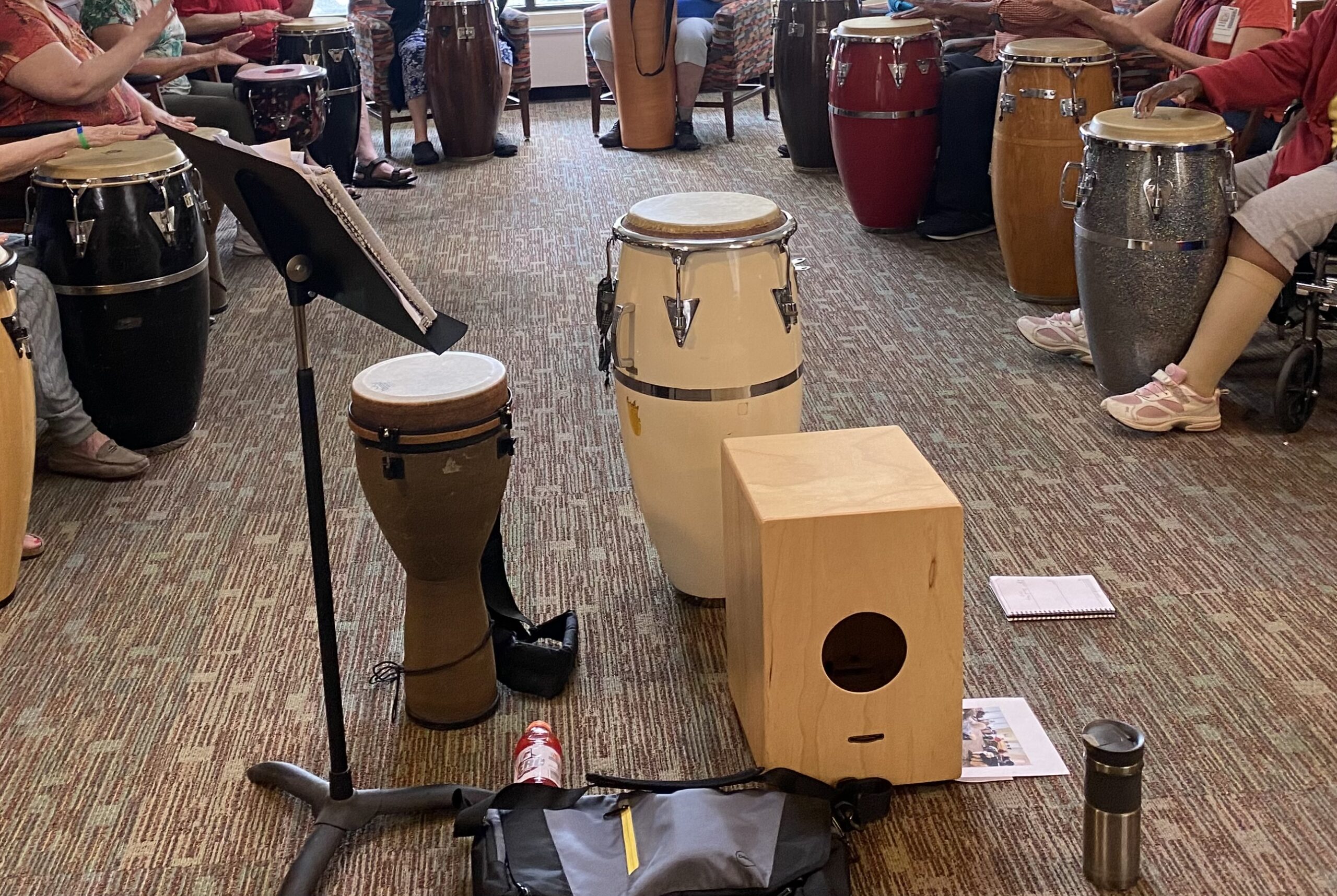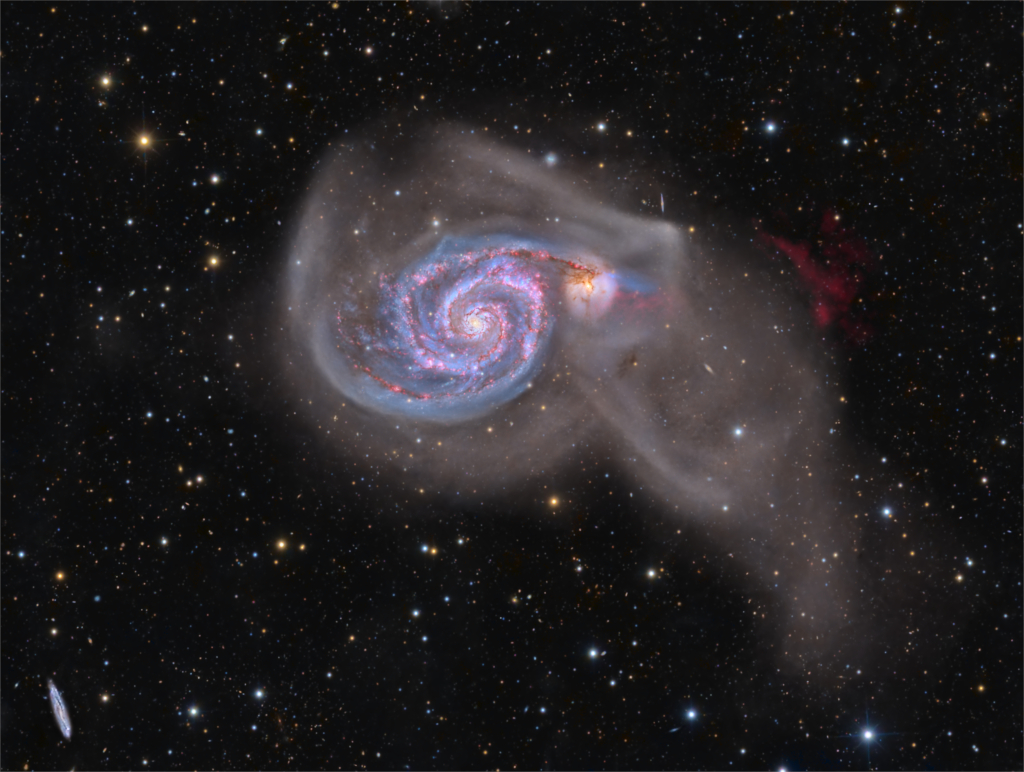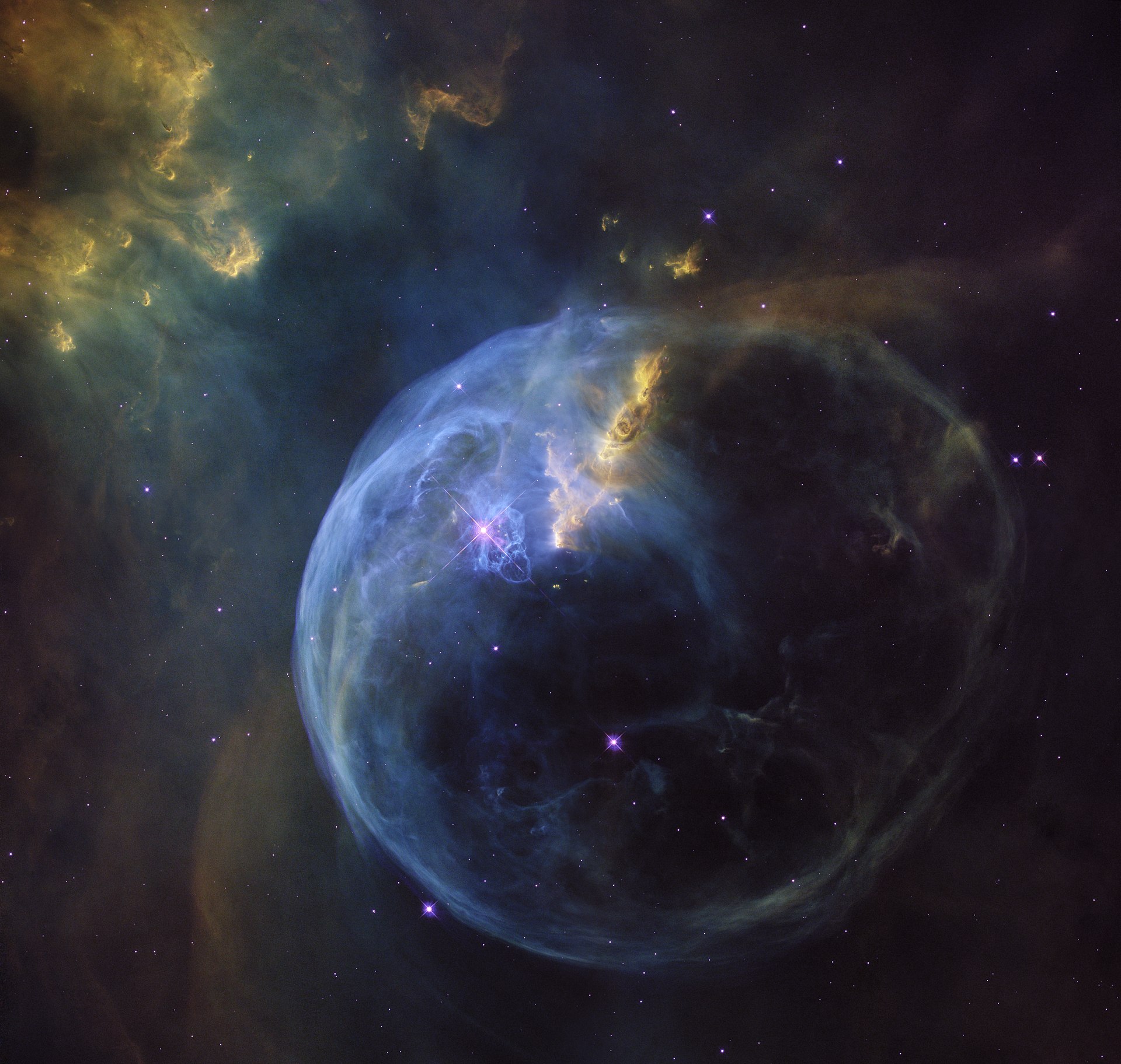Blog
Patrick Bruce Metheny (/məˈθiːni/ mə-THEE-nee; born August 12, 1954) is an American jazz guitarist and composer.
He was the leader of the Pat Metheny Group (1977–2010) and continues to work in various small-combo, duet, and solo settings, as well as other side projects. His style incorporates elements of progressive and contemporary jazz, latin jazz, and jazz fusion. He has three gold albums and 20 Grammy Awards, and is the only person to have won Grammys in 10 categories. His older brother is jazz flugelhornist Mike Metheny.
Metheny was born in Lee’s Summit, Missouri. His father Dave played trumpet, his mother Lois sang, and his maternal grandfather Delmar was a professional trumpeter. Metheny’s first instrument was trumpet, which he was taught by his brother, Mike. Pat’s brother, father, and grandfather played trios together at home. His parents were fans of Glenn Miller and swing music. They took Pat to concerts to hear Clark Terry and Doc Severinsen, but they had little respect for guitar. Pat’s interest in guitar increased around 1964 when he saw the Beatles perform on TV. For his 12th birthday, his parents allowed him to buy a guitar, which was a Gibson ES-140 3/4.
more...Performing with the Temple Israel Erev Shabbat Service with Cantor Rachel Stock Spilker . Featuring Jayson Rodovsky, Jeff Bailey, Ernest Bisong, Pete Whitman and mick laBriola
more...
An intriguing pair of interacting galaxies, M51 is the 51st entry in Charles Messier’s famous catalog. Perhaps the original spiral nebula, the large galaxy with whirlpool-like spiral structure seen nearly face-on is also cataloged as NGC 5194. Its spiral arms and dust lanes sweep in front of a companion galaxy (right), NGC 5195. Some 31 million light-years distant, within the boundaries of the well-trained constellation Canes Venatici, M51 looks faint and fuzzy to the eye in direct telescopic views. But this remarkably deep image shows off stunning details of the galaxy pair’s striking colors and extensive tidal debris. A collaboration of astro-imagers using telescopes on planet Earth combined over 10 days of exposure time to create this definitive galaxy portrait of M51. The image includes 118 hours of narrowband data that also reveals a vast glowing cloud of reddish ionized hydrogen gas discovered in the M51 system.

Thornetta Davis (born August 11, 1963) is an American Detroit blues and rhythm and blues singer. She has opened for Bonnie Raitt, Gladys Knight, and Etta James, and sang backing vocals on Bob Seger‘s 1991 album, The Fire Inside. She also worked with Kid Rock and Alberta Adams, and has released three solo albums. Davis was born in Detroit, Michigan, United States.
After entering a local talent contest at the age of 15, Davis went on to join the group Jas which disbanded in 1983 and then she, and another former member of Jas, and two of her high school friends formed Chanteuse, a vocal group covering old R&B hits.
more...Michael John Hugg (born 11 August 1940) is a British musician who was a founding member of the 1960s group Manfred Mann. Pursuing a career in jazz, he met the pianist Manfred Mann while working as a musician at Butlin’s Clacton, and they formed a seven-piece group. The Mann–Hugg Blues Brothers recruited Paul Jones and later Tom McGuinness. Upon their signing with HMV Records, their producer, John Burgess, changed their name to Manfred Mann.
more...Manabendra Mukhopadhyay was an Indian singer and music composer in Bengali films. Coming to limelight in the early 1950s Manabendra was an innovative and stylish singer who had a strong foundation in Indian classical music. With his distinctive voice, Manabendra was an instant hit with the audience. demonstrating great talent also as a composer, using the lyrics and melody of a song with good effect. At that time Bengali modern song world had the presence of some outstanding performers like Dhananjay Bhattacharya, Manna Dey, Satinath Mukherjee, Akhilbandhu Ghosh, Hemanta Mukhopadhyay to name a few.
It is considered that during the 1950s, 1960s and 1970s the Bengali modern songs reached their peak of excellence and that period is usually called the “Golden age of Bengali Adhunik Songs”. At that time Bengal had a unique mix of singers which inspired composers and lyricists to create innumerable treasure of creative music. Each singer had his own inimitable style and compositions were made to match their individual ability. Bengali non-film modern songs were in fact was as popular, if not more, than film songs which also reached a level of popularity in the 1950s and 1960s.
more...Russell Keith Procope (August 11, 1908 – January 21, 1981) was an American clarinetist and alto saxophonist who was a member of the Duke Ellington orchestra.
Procope was born in New York City, United States, and grew up in San Juan Hill, where he attended school with Benny Carter. His first instrument was the violin, but he switched to clarinet and alto saxophone. He began his professional career in 1926 as a member of Billy Freeman’s orchestra. He recorded with Jelly Roll Morton at the age of 20, and played with bands led by Benny Carter, Chick Webb(1929–30), Fletcher Henderson (spring of 1931 to 1934), Tiny Bradshaw, Teddy Hill, King Oliver, and Willie Bryant.
Fletcher Henderson’s band dissolved in 1934. Along with several other ex-Henderson musicians, Procope joined Benny Carter’s orchestra. He also worked for a time with the Tiny Bradshaw and Willie Bryant bands before joining Teddy Hill in 1935. During his stay with Teddy Hill’s orchestra the trumpet section included, at various times, Roy Eldridge, Bill Coleman, Frankie Newton, and Dizzy Gillespie, while trombonist Dickie Wells and tenor-saxophonist Chu Berry were two other soloists who played with the band. It was as a member of this orchestra that Russell Procope made his first trip to Europe in 1937; Teddy Hill’s band formed part of The Cotton Club Revue, an all-African American show, which during its European tour appeared at the London Palladium.
more...The city of Huelva on the coast of Spain between Portugal and Cádiz is closely identified with the Fandangos. There are 32 types of Fandangos de Huelva, each associated with a different part of the city, the nearby mountains or coast, or with individual artists. The underlying form for all these Fandangos is the same, and the variations are in the melodies, lyrics, and the supporting harmony. The most frequently performed version of the Fandangos de Huelva is the Fandangos de Alosno, named for a village north of Huelva.
The most common setting for Fandangos de Huelva is a group of friends gathered around a table after a meal or drinks. The guitarist provides constant accompaniment while individual singers provide letras or the group sings in chorus.
The dance is popular during the annual pilgrimage to Rocio – the Romería del Rocio. Participants in this event dress in traditional costume and travel on foot, by car or in brightly decorated horse- or ox-drawn wagons. All converge in the city of Rocio to participate in a weekend of religious ritual and fun.
Today, the dances and songs are also popular in Spanish dance companies and in smaller flamenco performances, and are mostly accompanied by the guitar, cante, and castanets.The copla consists of five eight syllable lines. One line of the verse is usually repeated, making a six line verse.
The underlying form of Fandangos de Huelva is the underlying form for all Fandangos Comarcales.
Some artists have modified this form slightly. For example, cantaor Paco Toronjo, a singer closely associated with Fandangos, would often begin a Fandangos by singing por Siguiriyas.
more...NGC 7635, also known as the Bubble Nebula, Sharpless 162, or Caldwell 11, is an H II region emission nebula in the constellation Cassiopeia. It lies close to the open cluster Messier 52. The “bubble” is created by the stellar wind from a massive hot, 8.7 magnitude young central star, SAO 20575 (BD+60°2522). The nebula is near a giant molecular cloud which contains the expansion of the bubble nebula while itself being excited by the hot central star, causing it to glow. It was discovered in November 1787 by William Herschel. The star BD+60°2522 is thought to have a mass of about 44 M.

The Bubble Nebula
Ian Scott Anderson MBE (born 10 August 1947) is a Scottish musician best known for his work as the singer, flautist, acoustic guitarist and primary songwriter of British rock band Jethro Tull. He is a multi-instrumentalist who also plays harmonica, keyboards, bass guitar, bouzouki, balalaika, saxophone and a variety of whistles. His solo work began with Walk into Light in 1983; since then he has released another five albums, including the sequel to the 1972 Jethro Tull album Thick as a Brick, titled TaaB 2: Whatever Happened to Gerald Bostock? (2012).
Ian Anderson was born in Dunfermline, Fife, Scotland, the youngest of three brothers, to an English mother and a Scottish father. Anderson said, “I am a Brit. I’m a Brit. I see myself as a product of that union.” His father, James Anderson, ran the RSA Boiler Fluid Company in East Port, Dunfermline. Anderson’s family moved to Edinburgh when he was three. He was influenced by his father’s big band and jazz records and the emergence of rock music, but was disenchanted with the “showbiz” style of early American rock and rol lstars like Elvis Presley.
more...Clarence Leonidas Fender (August 10, 1909 – March 21, 1991) was an American inventor known for founding the Fender Musical Instruments Corporation and designing the company’s early models, the Fender Telecaster, Fender Precision Bass, and Fender Stratocaster. In January 1965, he sold Fender to CBS, and later founded two other musical instrument companies, Music Man and G&L Musical Instruments.
The guitars, basses, and amplifiers he designed from the 1940s on are still widely used: the Fender Telecaster (1950) was the first mass-produced solid-body electric guitar; the Fender Stratocaster (1954) is among the most iconic electric guitars; the Fender Precision Bass (1951) set the standard for electric basses, and the Fender Bassman amplifier, popular in its own right, became the basis for later amplifiers (notably by Marshall and Mesa Boogie) that dominated rock and roll music.
Leo Fender was inducted into the Rock and Roll Hall of Fame in 1992. His instruments were played by many Rock and Roll Hall of Fame inductees such as Jimi Hendrix, Jeff Beck, Eric Clapton, Ritchie Blackmore, Curtis Mayfield, Mark Knopfler, Joe Walsh, Bonnie Raitt, Muddy Waters, Neal Schon, Jerry Garcia, Billy Gibbons, Eddie Hazel, James Burton, Steve Cropper, Frank Zappa, Keith Richards, David Gilmour, Pete Townshend, Buddy Guy, Jimmy Page, Duane Allman, and Stevie Ray Vaughan.[3] Fender never learned to play the instruments.
Clarence Leonidas Fender (“Leo”) was born on August 10, 1909, to Clarence Monte Fender and Harriet Elvira Wood, owners of a successful orange grove located between Anaheim and Fullerton, California, United States.
https://www.youtube.com/watch?v=k0-gncXFLq4
more...Charles H. Israels (born August 10, 1936) is an American jazz composer, arranger, and bassist who is best known for his work with the Bill Evans Trio. He has also worked with Billie Holiday, Benny Goodman, Coleman Hawkins, Stan Getz, Herbie Hancock, J. J. Johnson, John Coltrane, and Judy Collins.
Born in New York City, Chuck Israels was raised in a musical family which moved to Cleveland, Ohio, when he was 10. His stepfather Mordecai Bauman was a singer who performed extensively with composer Hanns Eisler. He, along with Israels’ mother, Irma Commanday, created a home environment in which music was a part of normal daily activity. Paul Robeson, Pete Seeger, and The Weavers were visitors to the Bauman home. In 1948, the appearance of Louis Armstrong‘s All Stars in a concert series produced by his parents gave him his first opportunity to meet and hear jazz musicians.
more...Gertrude E. “Trudy” Pitts (August 10, 1932 – December 19, 2010) was an American soul jazz keyboardist from Philadelphia, Pennsylvania. She was known primarily for playing the Hammond B3 organ.
Trained as a musician and a music educator, Pitts studied at the Philadelphia Musical Academy, Temple University and Juilliard, as well as other institutions. Early work experience included a position as an assistant to the pianist in the Tony Award-winning musical Raisin.
At the end of the musical’s tour, she was encouraged by her husband (who had worked with Shirley Scott as a drummer) to continue developing her repertoire.
In 1967, the Boston Globe printed a piece calling her a rising star and complimented her drawbar variation, vibrato shadings, and bass pedal work.
Trudy, and her husband, William Theodore Carney II, aka Mr. C. produced and performed at many festivals and venues together; such as The Mellon Jazz Festival Organ Jams (produced by Mr. C. and Trudy), the Mary Lou Williams Jazz Festival, San Jose Organ Festival, Cliveden Jazz Festival, West Oak Lane Jazz Festival. Together they produced the “Jazz in the Sanctuary” concerts which featured musicians such as Grover Washington, Jr., Etta James, Houston Person, Benny Golson, and Lionel Hampton.
more...More Posts
- Colin Bailey Day
- World Fusion with Aziza Brahim
- Daily Roots with Beverley Williams
- The Cosmos with Arp 65
- Jaimoe Day
- Johnnie Johnson Day
- Louis Jordan Day
- World Music with Mama Sana
- Daily Roots with Carol Cole
- The Cosmos with Antares and Rho Ophiuchi
- Ringo Star Day
- Joe Zawinul Day
- Hank Mobley Day
- Tiny Grimes Day
- World Music with Abida Parveen
- Daily Roots with Hortense Ellis
- The Cosmos with NGC 520
- Michael Shrieve Day
- Gene Chandler Day
- Louie Bellson Day